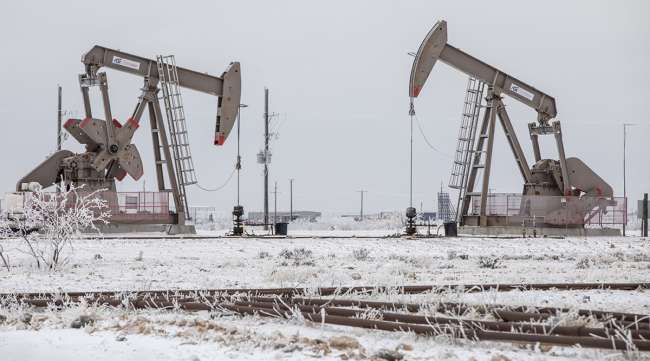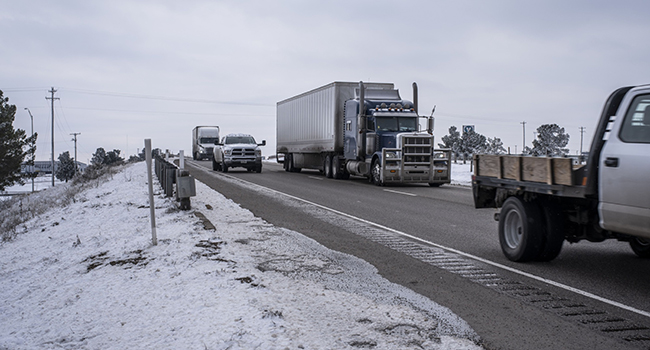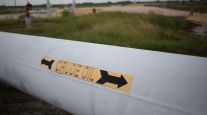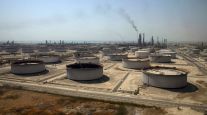Bloomberg News
Arctic Blast Cuts US Oil Output by 2 Million Barrels a Day

[Stay on top of transportation news: Get TTNews in your inbox.]
U.S. oil production has plunged by more than 2 million barrels a day as the coldest weather in 30 years brings havoc to key producing states that rarely have to deal with frigid Arctic blasts.
Oil traders and company executives, who asked not to be identified, lifted their forecasts for supply losses from an earlier estimate on Feb. 15 of 1.5 million to 1.7 million barrels. They said the losses were particularly large in the Permian Basin, the most prolific U.S. oil region, which straddles West Texas and southeast New Mexico. Output cuts were also significant in the Eagle Ford, in southern Texas, and the Anadarko basin in Oklahoma.
Two million barrels would be the equivalent of about 18% of overall U.S. crude production, based on the most recent government data.
Occidental Petroleum Corp., the second-largest oil producer in the Permian Basin of West Texas and New Mexico, told buyers it will be forced to curtail deliveries due to complications from the historic freeze in the region.
The company said weather disrupted transportation facilities and forced delays in the receipt and delivery of oil by carriers, according to a force majeure notice to customers seen by Bloomberg. Occidental also expects curtailments of downstream shipments because of limited deliveries into Midland, Houston and Corpus Christi in Texas. A company spokeswoman declined to comment.
The force majeure is the first to surface among the oil giants of the Permian Basin
The overall magnitude of the outage will depend of the number of days production is down sharply. Traders expect to see output crawl back slowly by Feb. 17 as temperatures in the Permian rise. Midland, the capital of the oil basin, saw the thermometer plunge to -2 on Feb. 15, the lowest since 1989, according to the U.S. National Weather Service. Temperatures early Feb. 16 were at -12.

Traffic in Midland, Texas, on Feb. 15. (Matthew Busch/Bloomberg News)
The Permian oil outage helped to push West Texas Intermediate, the crude benchmark in the U.S., above $60 a barrel on Feb. 15 for the first time in more than a year. Since then, oil prices have fallen slightly because U.S. refineries have also closed due to the cold, reducing the amount of crude needed right now. Energy Aspects Ltd., a consultant, estimated that 3.1 million barrels a day of refining capacity was down as of Feb. 15.
The current crude oil output losses are due to a combination of well shutdowns, flow-line outages, and disrupted road transport, all because of the extreme cold weather. Small producers in the Permian and elsewhere pick up crude every few days using trucks, but bad weather is making it hard for vehicles to get out, forcing companies to close wells.
Winter Storm #Viola will be bringing a large swath of snow from Texas to Maine this week. Alerts have been issued. Ice will once again be a significant risk.
Our coverage of these historic winter storms continues! pic.twitter.com/Q0JFQ0oWhS — The Weather Channel (@weatherchannel) February 16, 2021
While oil production continues in many regions despite the cold, including the Bakken basin in North Dakota, the kit used in the Permian isn’t built to withstand extremely low temperatures, executives said. For example, flow lines, which link individual wells to gathering centers, are laid overground, rather than buried, as they are in colder regions.
The low temperatures already have caused equipment failures at multiple natural gas processing plants in the Permian and in the Anadarko basin in Oklahoma, sending regional natural gas prices to record highs.
Want more news? Listen to today's daily briefing below or go here for more info:




